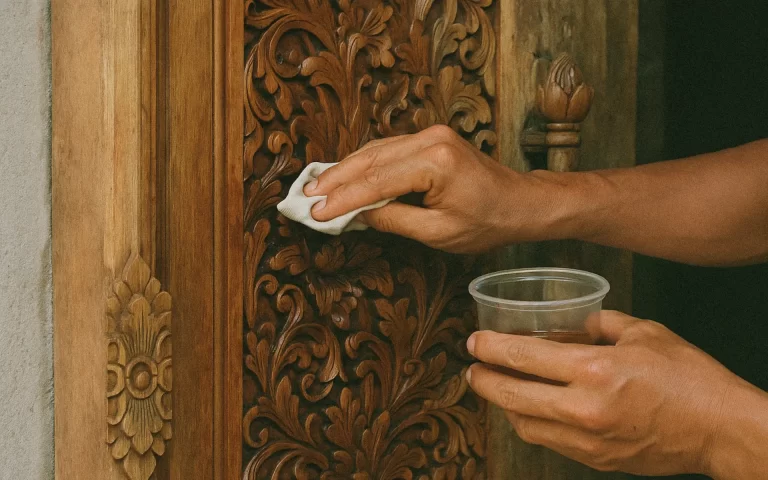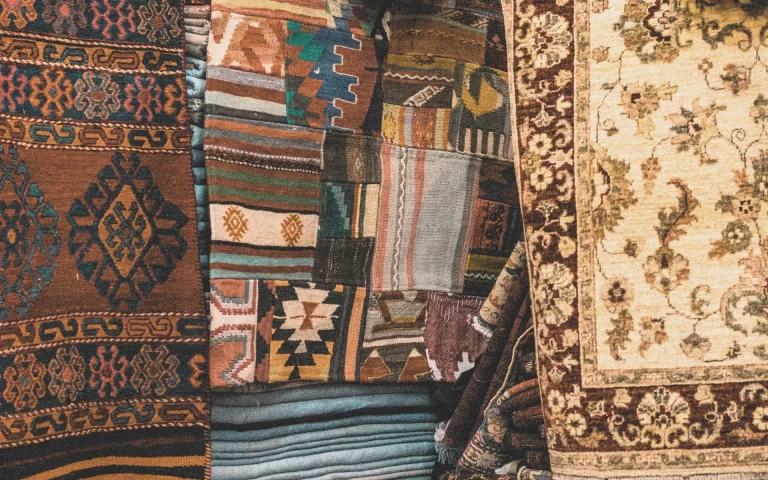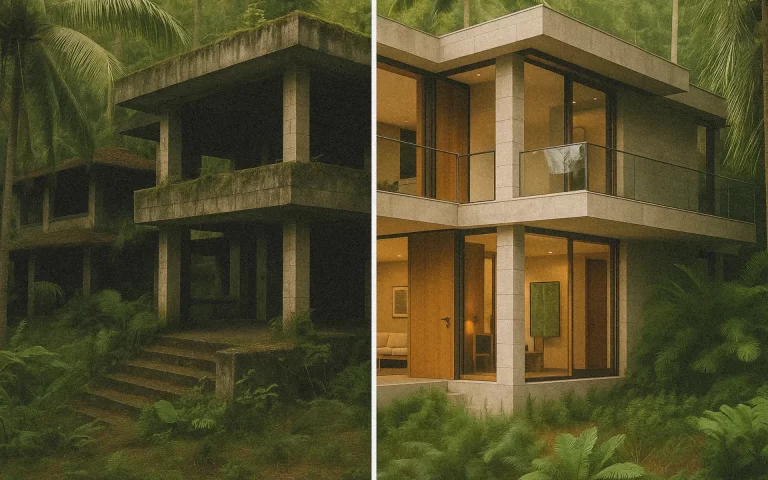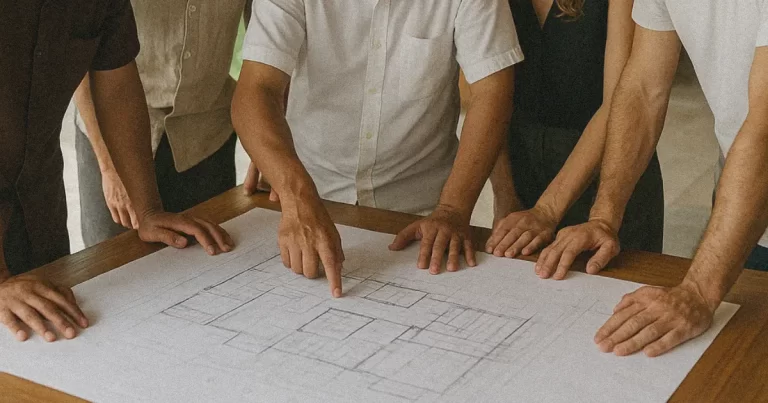Quick heads up: We’re not structural engineers, heritage preservation experts, or permit wizards.
Every renovation project is different, and older buildings come with their own surprises (not all of them pleasant). This guide is meant to inspire and inform, but for actual renovation advice, work with experienced local architects, contractors, and legal advisors who understand Indonesian building codes, heritage regulations, and structural requirements.
Bali’s property market offers incredible diversity — from cutting-edge new builds with the latest smart home technology to restored heritage compounds with centuries of character. Each approach has its appeal, and the island’s variety means there’s genuinely something for every vision and lifestyle.
But while new construction gets most of the attention, there’s a whole category of properties quietly offering something special that deserves more recognition.
Here’s what’s happening while everyone’s busy browsing the latest villa developments: Bali is sitting on a goldmine of gorgeous older homes just waiting for someone with vision and a renovation budget that won’t require selling a kidney.
While parts of the island get developed with gleaming new concrete and glass, Bali is also full of older homes that tell a richer story — colonial-influenced villas from the 80s and 90s, traditional Balinese compounds with centuries-old joglos, and even a handful of tropical modernist experiments from the early tourism years. Many of these properties are quietly aging in plain sight, but with their better bones, deeper character, and proven climate-responsive design, they often offer far more soul than anything being built today.
Plus, let’s be honest: renovating an existing home is often significantly cheaper than building from scratch, definitely more sustainable, and way more interesting than choosing between the latest villa templates.
Why Renovation Makes Sense Right Now
The Numbers Game
Building a quality villa in Bali from scratch can easily run IDR 2-4 billion (roughly $130K-260K USD) before you even think about furnishing it. Finding a solid heritage home and putting IDR 800 million-1.5 billion into renovations? You might end up with something twice as special for significantly less money.
We’ve seen colonial-influenced homes and traditional Balinese compounds transform into stunning residences with renovation budgets that would barely cover the foundation of a new build.
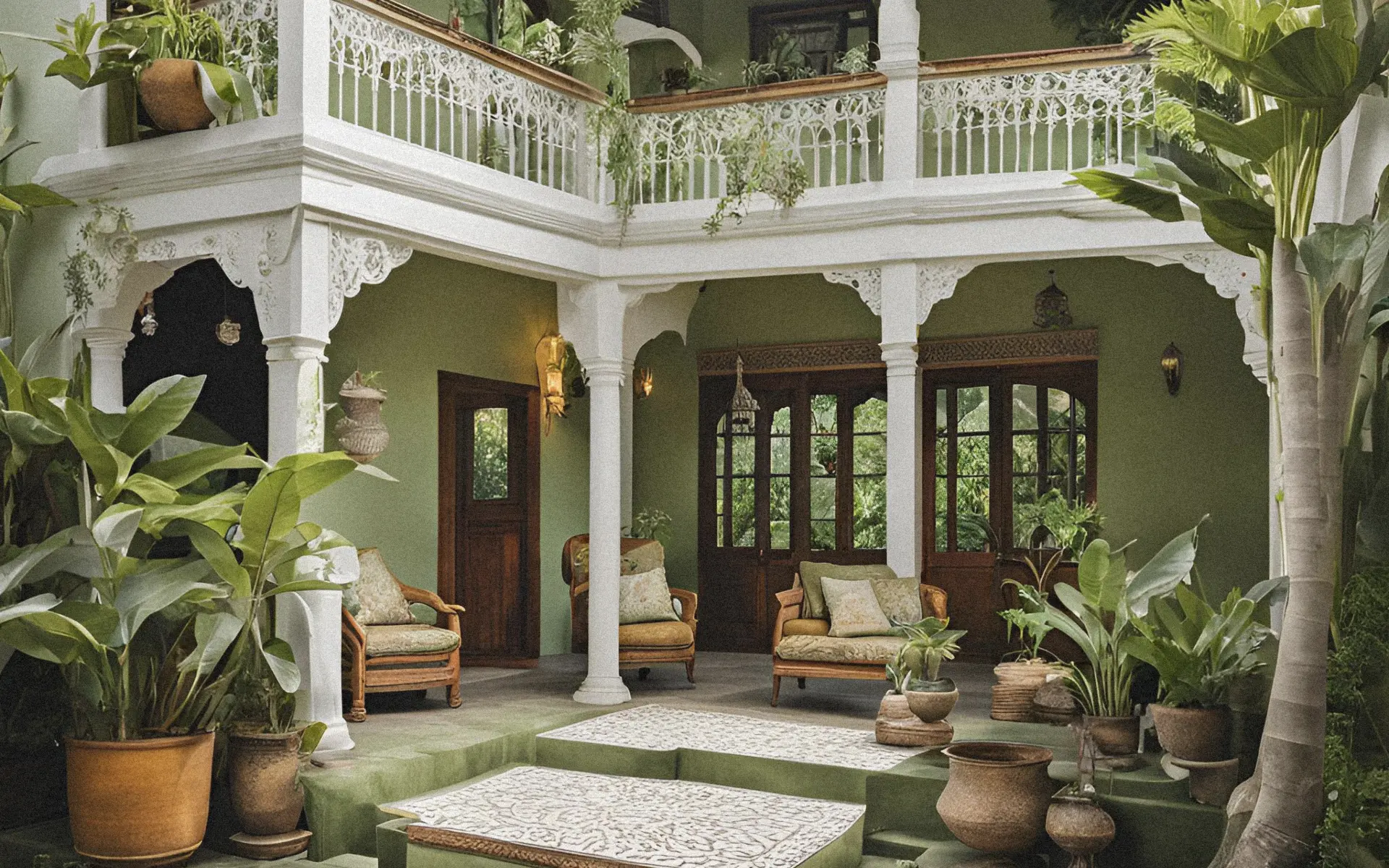
Character You Can't Buy
Those hand-carved teak details, original terrazzo floors, and proportions that actually make sense in the tropics? That’s not something you can just order from a catalog. Older homes come with architectural DNA that’s been tested by decades of Indonesian climate — especially those tropical modernist houses from Bali’s early tourism boom that understood how to work with the environment, not against it. And traditional joglo structures? That’s centuries of perfected tropical architecture right there.
The Sustainability Angle
While Bali’s construction industry continues its growth trajectory, renovation is inherently more sustainable. You’re working with existing infrastructure, preserving embodied energy, and keeping architectural heritage from disappearing under waves of development.
The Inspiration: Designers Who Get It Right
Bill Bensley's Heritage Touch
While Bensley is famous for his resort work, his approach to heritage renovation is masterful — preserving the soul of original architecture while updating it for contemporary living. His projects show how you can honor traditional craftsmanship while integrating modern systems and comforts. At Capella Ubud, Bensley turned a would-be 120-room hotel into a 24-tent sanctuary that preserves the valley’s spirit—and still became one of the most acclaimed properties in Bali.
Baptiste Bohu's Colonial Revival
Bohu’s work with colonial and heritage properties across Southeast Asia demonstrates how thoughtful renovation can breathe new life into historic structures. His projects maintain architectural integrity while creating spaces that function beautifully for modern living.
Local Masters
Indonesian architects like Andra Matin and Budiman Hendropurnomo have shown how traditional Javanese and colonial architecture can be sensitively updated. Their work proves that heritage renovation isn’t about creating museums — it’s about creating living, breathing homes.
What to Look For in Older Properties
Solid Bones
The best renovation candidates have good structural integrity, quality materials, and architectural details worth preserving. Look for:
- Original hardwood timber framing (teak, mahogany, merbau)
- Traditional craftsmanship and joinery that’s irreplaceable today
- Good proportions and natural ventilation designed for tropical living
- Established gardens and mature trees that would take decades to recreate
- 1970s-80s modernist features like clerestory windows, post-and-beam construction, and integrated indoor-outdoor flow
- Traditional joglo structures with their iconic curved rooflines and masterful timber construction
Hidden Modernist Undercurrents
Look for those rare homes from Bali’s early tourism era that quietly nod to modernist design—think exposed concrete, generous glazing, or airy indoor-outdoor living. These pieces might not represent a movement, but they hint at a modern vocabulary in a largely vernacular context.
The Joglo Opportunity
Traditional joglo structures are architectural masterpieces — those curved rooflines aren’t just beautiful, they’re incredibly functional for tropical living. Many compounds have joglos that just need structural updates and modern integration. The timber work alone would cost a fortune to recreate today.
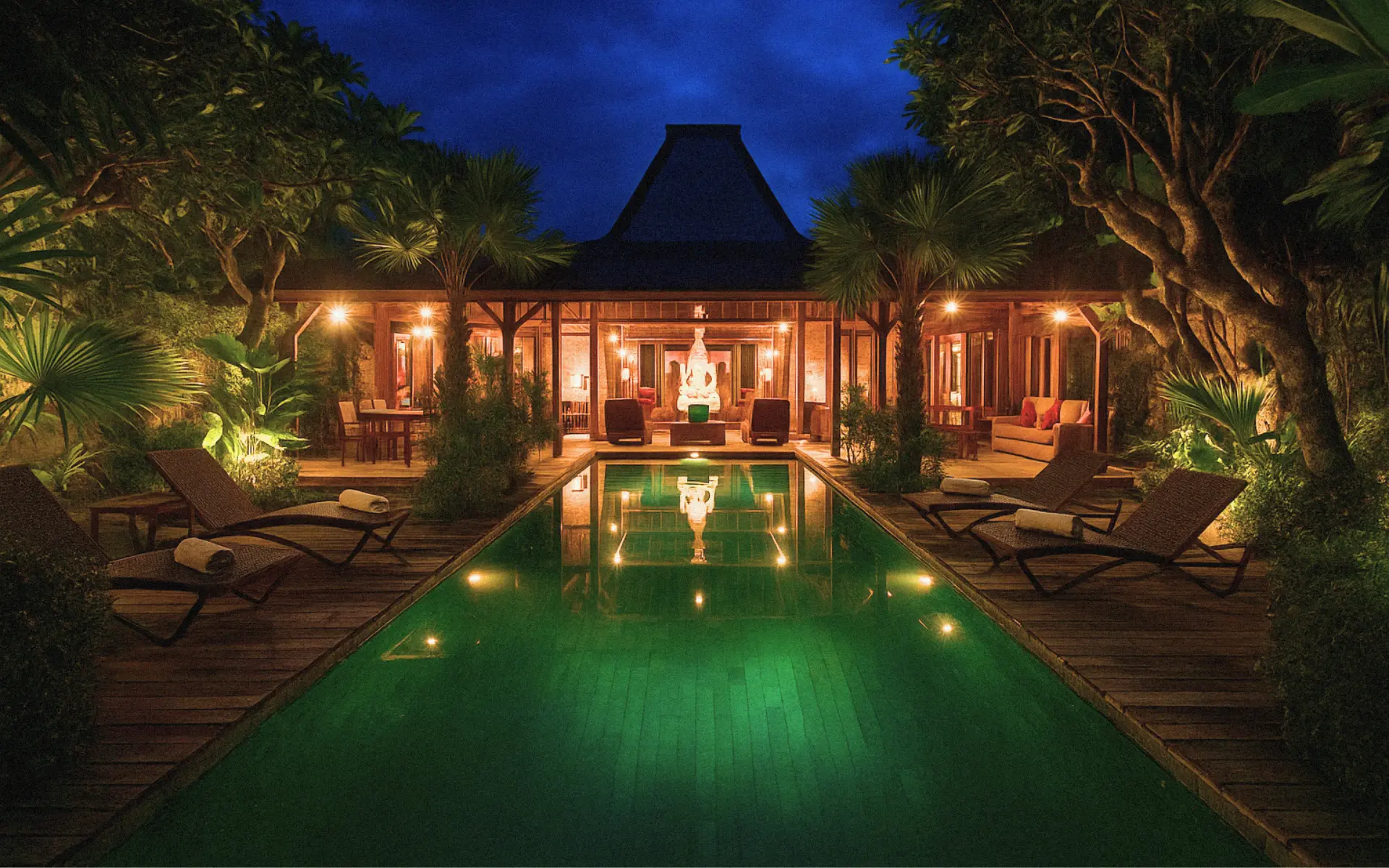
Legal Clarity
This is crucial: older properties can come with complex ownership histories, unclear titles, and varying degrees of legal documentation. Work with a qualified notaris who specializes in older properties and understands any restrictions or complications that might apply.
Location Advantages
Many older homes are in established neighborhoods with mature infrastructure, proximity to cultural sites, and that indefinable sense of place that newer developments can lack. While they may not always fit the textbook definition of tropical modernism, these properties often have solid bones, generous proportions, and authentic character from Bali’s earlier development era. With the benefit of already having a solid foundation, existing utilities, and established landscaping, they can often be refreshed with far less hassle than a ground-up build. A little creativity — opening up spaces, refreshing finishes, or adding modernist-inspired details — can transform them into striking homes that blend heritage charm with contemporary design.
The Renovation Approach That Works
Preserve the Architecture, Update the Systems
The most successful renovations of older properties maintain the architectural character while completely modernizing electrical, plumbing, and climate control systems. This means working with contractors who understand how to integrate contemporary technology without compromising original details.
Embrace Natural Materials
Older homes in tropical regions were often built with local materials that age beautifully over time. Teak floors, hardwood beams, and wood facades develop a rich patina, while natural stone and terrazzo can be refinished to look as striking as ever. Traditional lime plaster techniques not only complement these materials but also perform better than many modern alternatives in humid conditions.
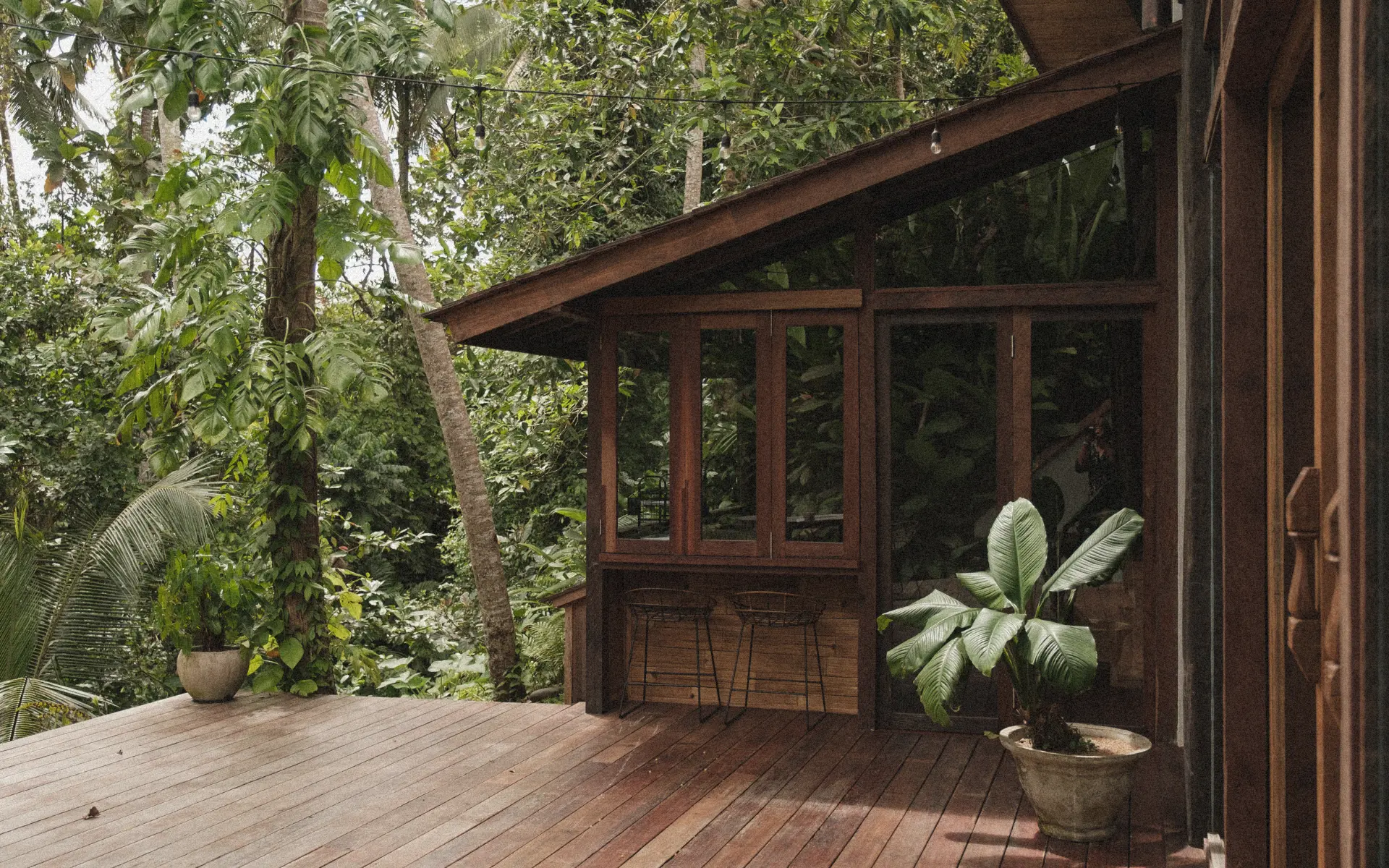
Create Flexible Spaces
Colonial-influenced homes and traditional compounds often have interesting room configurations that don’t match contemporary open-plan expectations. Instead of fighting the architecture, work with it — create distinct zones that can function for both intimate living and entertaining.
The Hidden Costs (Because There Always Are Some)
Discovery Issues
Older homes reveal surprises once you start opening walls. Budget 20-30% extra for discoveries like outdated electrical systems, plumbing that needs complete replacement, or structural issues that weren’t visible during initial inspections.
Specialized Craftspeople
Restoring heritage details requires artisans who understand traditional techniques. These specialists cost more than standard contractors, but the results are worth it — and often essential for maintaining the property’s character and value.
Permit Navigation
Heritage properties may require additional approvals, especially if they have any cultural significance or are in protected areas. This process can take longer than standard renovation permits, so factor timing into your planning.
Making It Work for Rentals
Older homes with character can make exceptional rental properties because they stand out in Bali’s crowded vacation market. More and more guests are seeking authentic spaces with personality rather than another cookie-cutter villa — and that vintage tropical charm photographs beautifully for social media.
Keys to rental success:
Maintain the original character while ensuring modern comfort levels
Tell the story — guests love properties with genuine history and a sense of place
Invest in quality photography that captures both architectural details and lifestyle appeal
Price appropriately for the unique experience you’re offering
The Broader Impact
Every time someone chooses renovation over demolition, they’re not just saving a building — they’re helping preserve Bali’s architectural soul and lighten the footprint on the island. From timeless compounds to the bold modernist homes of the early tourism era, these structures carry decades of wisdom in tropical design. With vision and care, they can be transformed into extraordinary modern homes that still honor their roots.
Renovating isn’t just better for the environment — it’s better for Bali. It sustains architectural diversity, reduces waste, and protects the island’s authentic character. And for those with imagination, it’s a chance to create a one-of-a-kind home that’s both stunningly unique and deeply connected to place.
The Bottom Line
In Bali’s wonderfully diverse property landscape — where you can choose anything from ultra-modern smart villas to traditional compounds to beachfront new builds — older properties with character offer their own unique appeal. They’re not the right choice for everyone, but for those drawn to authentic history and architectural storytelling, they represent an opportunity to be part of Bali’s design evolution rather than just its latest chapter.
It’s not always easier than building new, but it’s often more rewarding, definitely more sustainable, and frequently more cost-effective. Plus, you get to preserve a piece of Bali’s architectural story while creating a home that’s authentically connected to the island’s design evolution.
In a market full of options — which is exactly how it should be — older properties with thoughtful renovations don’t just stand out, they have actual stories to tell. And in today’s experience-driven world, having a genuine story might just be the most valuable feature of all.
***
Continue reading...
Inspired by Bali’s older homes? Here’s how to find the architects and contractors who can bring them back to life: The Essential Bali Renovation Team — Who You Need and How to Find Them

